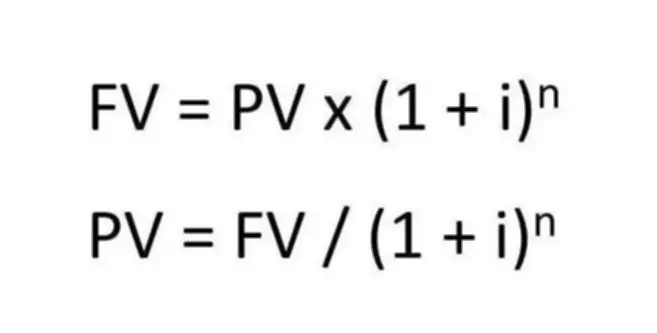Content
- Definition of term order of liquidity
- Measuring Financial Liquidity
- Ranking of Market Liquidity (Example)
- Crash Course in Accounting and Financial Statement Analysis, Second Edition by Matan Feldman, Arkady Libman
- Marshalling of Assets and Liabilities : Order of Liquidity/Permanence
- What Are Current Assets? How To Calculate Current Assets
- What Financial Liquidity Is, Asset Classes, Pros & Cons, Examples

Nearly every asset a company has is liquid to some degree, but some are more liquid than other. Merchandise inventory and accounts receivable are both considered “current assets,” meaning that a company can generally expect to convert them into cash https://www.bookstime.com/ within the next year. But accounts receivable are considered the more liquid of the two. Current assets are the most liquid assets because they can be converted quickly into cash. They include cash equivalents, accounts receivable and inventory.
What are some examples of current assets?
Some examples of current assets include cash, cash equivalents, short-term investments, accounts receivable, inventory, supplies, and prepaid expenses.
Bonds, stocks and properties are some examples of illiquid investment. The current ratio and the quick ratio are two ways that you can measure the liquidity of a small business. Supplies are tricky because they’re only considered current assets until they’re used, at which point they become an expense. If your company has a stock of unused supplies, list them under current assets on your balance sheet. A liquid asset is an asset that can easily be converted into cash within a short amount of time. For some investors and for some circumstances, illiquid assets actually hold an advantage over liquid assets. If a company or individual can sacrifice liquidity, it may generate higher returns from the asset.
Definition of term order of liquidity
From a business perspective, the portion of the balance sheet that is fixed assets contains the more illiquid assets. Generally, for small businesses, the fixed assets on the balance sheet are property, plant, and equipment. These assets are considered illiquid because they can’t be converted to cash quickly or easily and may take a hit to their market value because of use and depreciation. Some examples of current assets include cash, cash equivalents, short-term investments, accounts receivable, inventory, supplies, and prepaid expenses. A current asset—sometimes called a liquid asset—is a short-term asset that a company expects to use up, convert into cash, or sell within one fiscal year or operating cycle.
- A receivable represents a sale that has already taken place; now you’re just waiting for the customer to settle up.
- Conversion to cash depends on how active an after-market there is for these items.
- Finally, their presence directly improves the company’s ability to seek additional financing.
- You should label all other accounts receivable appropriately and show them apart from the accounts receivable arising in the course of trade.
- Businesses engage in discounting to clear out inventory, and some inventory may not sell at all because it has been damaged or has become obsolete.
Capital is considered to be the liability with highest permanence. The affinity of an asset to stay with the organisation or the longevity of the life of an asset with the organisation. The longer an asset stays with an organisation, the more permanence it has. The Structured Query Language order of liquidity comprises several different data types that allow it to store different types of information… Investopedia requires writers to use primary sources to support their work. These include white papers, government data, original reporting, and interviews with industry experts.
Measuring Financial Liquidity
Non-current assets, on the other hand, are long-term assets that cannot be readily converted into cash within one year. The concept of liquidity requires a company to compare the current assets of the business to the current liabilities of the business. To evaluate a company’s liquidity position, finance leaders can calculate ratios from information found on the balance sheet.

